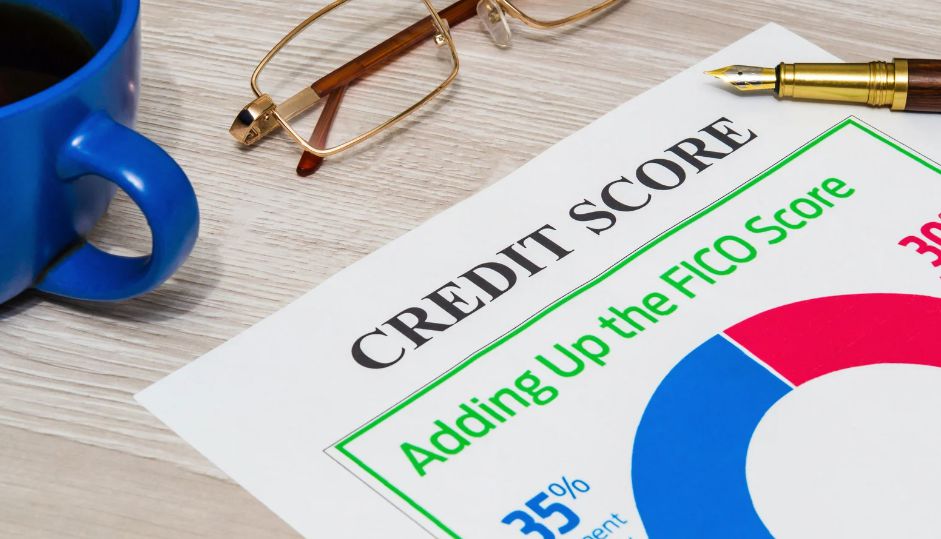Your credit score is one of the most crucial financial indicators that determines your eligibility for loans, credit cards, mortgages, and the best interest rates. Yet many consumers are unaware of a systemic flaw in how credit scoring agencies report data — a flaw that can unfairly penalize even the most financially responsible individuals.
As a financial expert who has used credit cards for over 30 years without ever paying interest, I discovered that credit scoring algorithms often treat users who pay off their cards in full each month the same as those who carry a balance. This reporting flaw can significantly lower your credit score — even when you’re doing everything right.
How Is Your Credit Score Calculated?
To understand the problem, we need to review the structure of the FICO credit score — the most widely used model in the U.S. and many other countries:
| Credit Score Component | Weight |
|---|---|
| Payment History | 35% |
| Credit Utilization Ratio | 30% |
| Length of Credit History | 15% |
| Credit Mix | 10% |
| New Credit Activity | 10% |
Together, payment history and credit utilization account for 65% of your total credit score. That’s where the root of the issue lies.
The Credit Utilization Problem
Your credit utilization ratio is calculated by dividing your total outstanding credit card balances by your total credit limits. For example, if you have a $10,000 credit limit and a $3,000 balance, your utilization is 30%.
For optimal credit scoring, it’s recommended to keep your utilization under 10%, with the ideal being below 7%.
Unfortunately, if you pay your balance after the statement date — even in full — the amount is still reported to credit bureaus as if you’re carrying debt. The system doesn’t distinguish between “transactors” (those who pay in full) and “revolvers” (those who carry a balance).
Pro Strategy: Pay Before the Statement Date
The solution lies not in how much you pay, but when you pay. Here are the three key dates on your credit card billing cycle:
- Due Date: The last day to make the minimum payment.
- Statement Date: The end of your billing period. This is when your balance is reported to credit bureaus.
- Optimal Payment Date: 3–5 days before the statement date, which is when you should pay your balance to ensure a $0 (or low) balance gets reported.
💡 Example: If your statement date is the 20th, make your payment between the 15th–17th to avoid your balance being reported and negatively affecting your score.
Why It Matters in the Digital Age
With online banking and 24/7 account access, you have full control over your payment timing. Some banks even allow you to automate payments before the statement date — not just the due date — helping you avoid unintended utilization spikes.
Does This Work for People with Balances?
Yes. Even if you can’t pay your balance in full, paying down as much as you can before the statement date will still lower the amount reported and improve your score.
Expert Takeaway
The current credit scoring model isn’t perfect. But with a small adjustment to your payment timing, you can beat the flaw and ensure your credit score reflects your true financial behavior.
Here are a few bonus tips to maximize your score:
- Request a credit limit increase without increasing your spending to lower your utilization.
- Spread charges across multiple cards to avoid high utilization on any one account.
- Monitor your credit regularly to catch issues and track improvement.
With smart payment timing and proper financial habits, your credit score will rise — opening doors to better financial opportunities.
